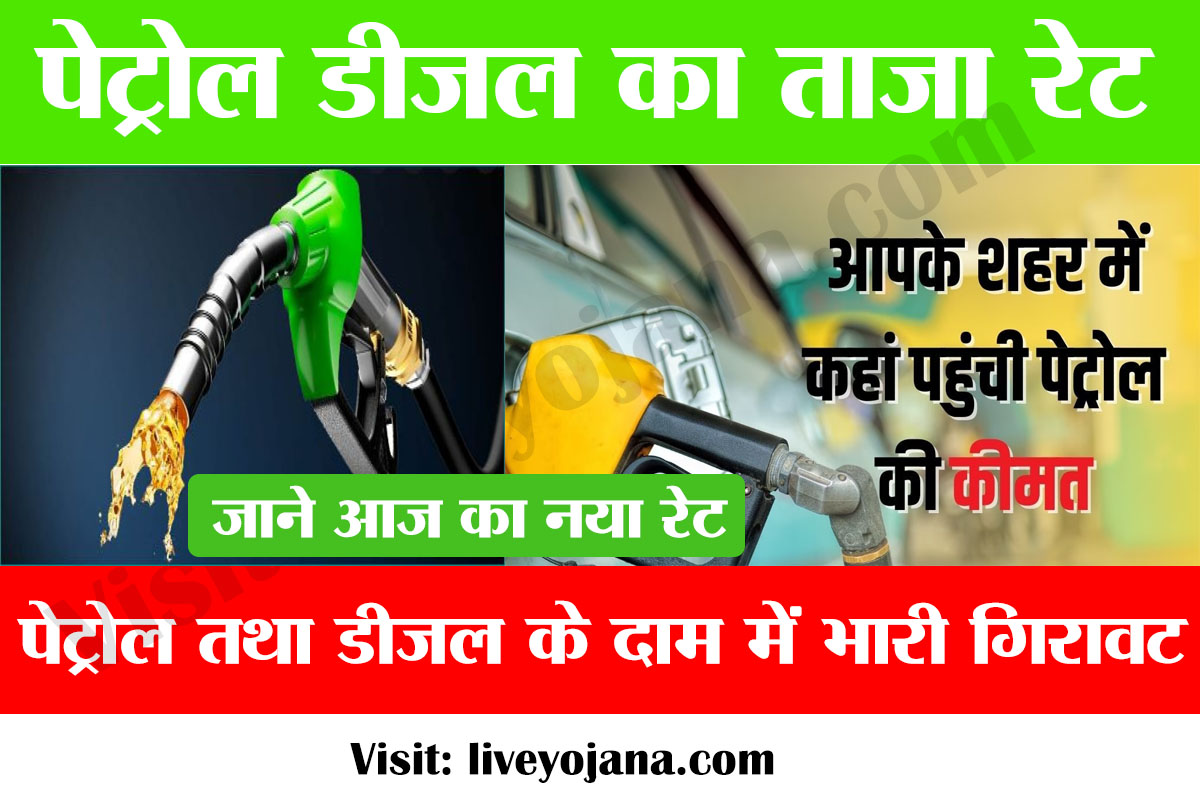
Fuel Frenzy: Crude Oil Climbs, Impacting Petrol and Diesel Prices Across Indian Cities
Introduction
India is reeling under an unprecedented surge in fuel prices, with petrol and diesel rates scaling new heights across major cities. This relentless upward trajectory has sent shockwaves through the economy, threatening to derail the nascent recovery post-COVID-19. Compounding the situation is the rising cost of crude oil, the primary raw material for fuel, which has been hovering around $100 per barrel. This article will critically examine the complexities of this fuel frenzy, exploring its causes, consequences, and potential solutions.
Causes of the Fuel Price Hike
Geopolitical Tensions
The ongoing conflict between Russia and Ukraine has significantly disrupted global energy markets. Russia is a major exporter of crude oil, and the war has disrupted its supply, leading to a spike in global oil prices. India, heavily dependent on imports for its oil needs, has been directly impacted by this rise.
Supply-Demand Imbalance
The post-COVID-19 economic recovery has led to increased demand for fuel worldwide. However, supply has not kept pace, leading to a widening gap between availability and consumption. This supply-demand imbalance has further fueled the upward pressure on oil prices.
Taxation and Government Policies
Taxes and government policies also play a significant role in determining fuel prices in India. The Indian government levies excise duty and value-added tax (VAT) on petrol and diesel, accounting for a substantial portion of their retail cost. Any increase in these taxes can directly impact consumer prices.
Consequences of the Fuel Price Hike
Economic Burden
The rising fuel prices have become a major economic burden for Indian households and businesses. Increased transportation costs impact supply chains, production, and distribution, leading to higher prices for goods and services. This can lead to inflation and erosion of purchasing power.
Fiscal Deficit
The government’s reliance on fuel taxes as a revenue source has been compromised by the recent price hike. With lower excise duty collections due to reduced fuel consumption, the government faces the challenge of widening fiscal deficit and limited resources for social and infrastructure programs.
Environmental Concerns
The increase in fuel prices may inadvertently encourage conservation and the adoption of more fuel-efficient technologies. However, in the short term, it could lead to increased reliance on cheaper, more polluting fuels like coal, exacerbating environmental concerns.
Perspectives and Solutions
Government Initiatives
To mitigate the impact of fuel price hikes, the government has implemented various measures. These include reducing excise duty on petrol and diesel, providing subsidies on cooking gas, and promoting the use of alternative fuels like ethanol and compressed natural gas (CNG).
Market Reforms
Some experts argue for market reforms to introduce more competition in the fuel retail sector. They suggest encouraging private investment in refineries and distribution networks to increase supply and drive down prices.
Long-Term Strategies
Long-term solutions include transitioning to renewable energy sources, reducing dependence on fossil fuels, and investing in public transportation to reduce fuel consumption. Promoting electric vehicles and hybrid technologies can also significantly impact future fuel demand.
Conclusion
The fuel price frenzy in India is a complex issue with far-reaching consequences. While geopolitical tensions and supply-demand imbalances have been major contributing factors, government policies and taxation also play a crucial role. The economic burden, fiscal deficit, and environmental concerns associated with the price hike demand immediate and comprehensive solutions. A combination of government initiatives, market reforms, and long-term strategies is essential to address this challenge. By promoting conservation, diversifying energy sources, and investing in sustainable alternatives, India can navigate this crisis while laying the foundation for a more resilient and sustainable energy future.

You may also like
-
Lattimore Headlines Commanders' Injury Woes As Five Miss Falcons Clash
-
Tua's Fate Unveiled: Dolphins' Crucial Finale Hinges On QB's Presence
-
Tragedy Strikes Newlywed Killed In Heartbreaking NI Crash Days Before Christmas
-
Unveiling The Truth: Ex-Lakers Champion Shatters The Myths Surrounding The Kobe-Shaq Rivalry
-
Squid Game Mastermind Unveils T.O.P.'s Redemption: A Courageous Comeback In Season 2